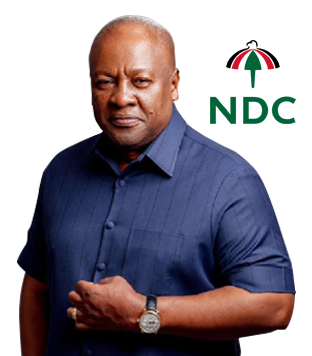


Ghana may sell a Diaspora bond or a second sovereign bond to build infrastructure if the conditions are favourable and competitive, Seth Terkper, Deputy Finance Minister, has told the Business & Financial Times.
Ghana last sold a sovereign bond -- Eurobond -- in 2007 to raise US$750million at a coupon rate of 8.5%. Lately, the World Bank has been advising countries about Diaspora bonds, arguing that while remittances help countries like Ghana benefit from the incomes of their emigrant-populations, Diaspora bonds are a means to tap into their savings, too.
“We may issue a Diaspora bond. But we can also do a sovereign bond. We are not closing the door to any form of financing. When it becomes favourable and competitive, we will tap it,” he said.
“In fact, to the extent that Ghanaians living outside send money to buy Treasury bills, three-year bonds and five-year bonds, it’s a Diaspora bond except that we haven’t designated it as such.”
The size of Ghana’s Diaspora makes a Diaspora bond an attractive proposition, he said. At least one million Ghanaians live abroad, according to a 2005 study by researchers from the Institute for the Study of International Migration and Inter-American Dialogue.
A Diaspora bond has advantages that other bonds many not have, a World Bank-sponsored research has argued. Diasporans are often patriotic, patient, and less averse to currency risks -- which many offshore investors worry about if the bonds are issued in the domestic currency.
Mr. Terkper said the government is reviewing the way it finances infrastructure to avoid the “eyesore” of several stalled projects that cannot be completed because their financing has dried up or the source is not viable.
“We are trying to adopt a policy of making sure that we identify sources of financing for major projects, because sometimes the idea that you can put it on the budget annually is not a realistic one when you are thinking of infrastructure.
“We are moving toward a situation where -- except when we take loans for rural development or social infrastructure like schools and hospitals -- those loans, if they are used for commercial facilities, should pay for themselves. This is a paradigm shift that we want to see as we become middle-income, because when you become middle-income your access to grants and concessional financing diminishes; so you must begin to have different strategies.”
He said the new strategy has been applied in the negotiations for the government’s US$3billion loan from the China Development Bank (CDB).
“With the CDB loan, we are going to do on-lending to the state-owned enterprises that are going to manage the projects. Enterprise means they are businesses, and they must do business. So with this arrangement, the gas plants alone can pay for the US$3billion, and the railway and the port facilities can pay for part of the US$3bn, if not all of it.”
Early in this month, the agreement for the first US$1billion of the CDB loan was signed in China during a visit by the Vice President John Mahama. Of the amount, US$850million has been earmarked for the gas project, and the rest for information technology projects.**